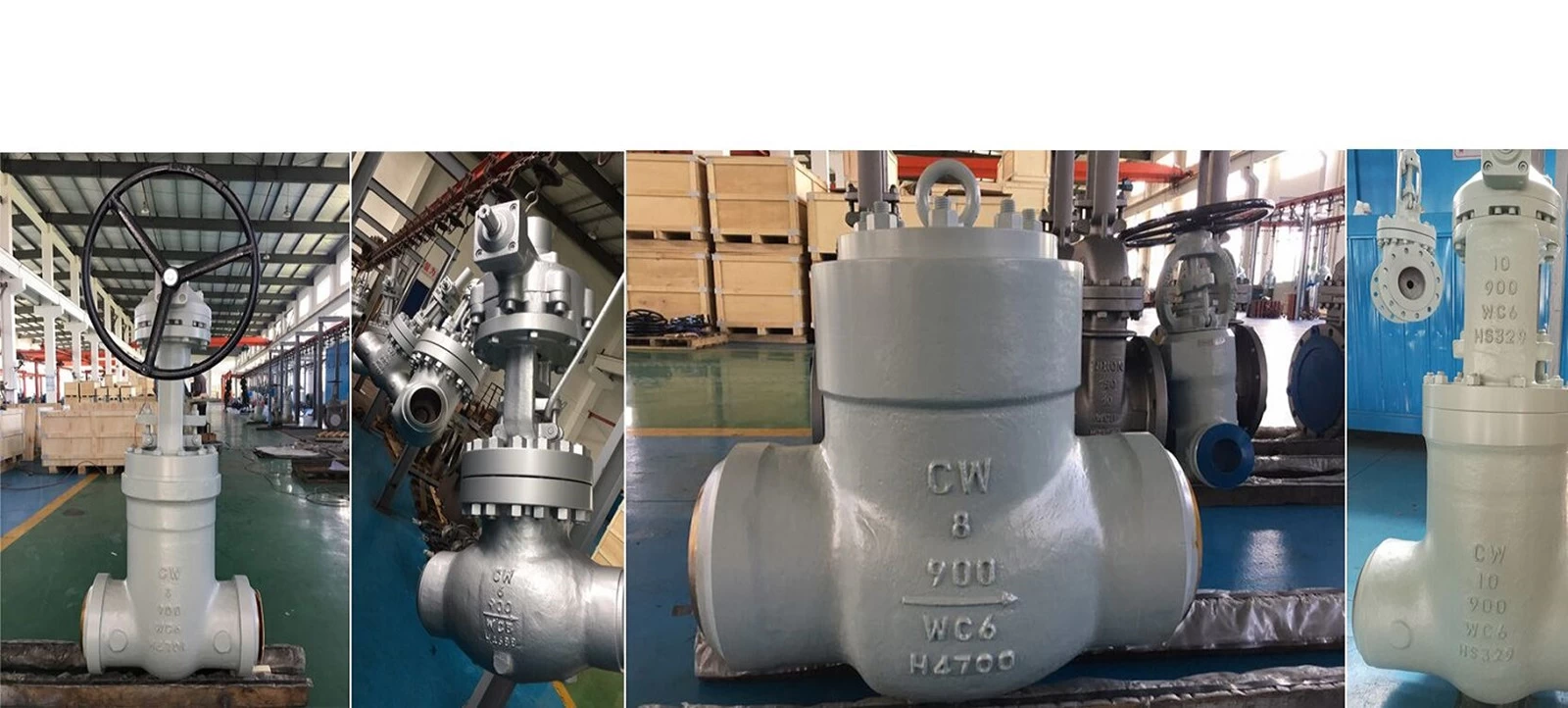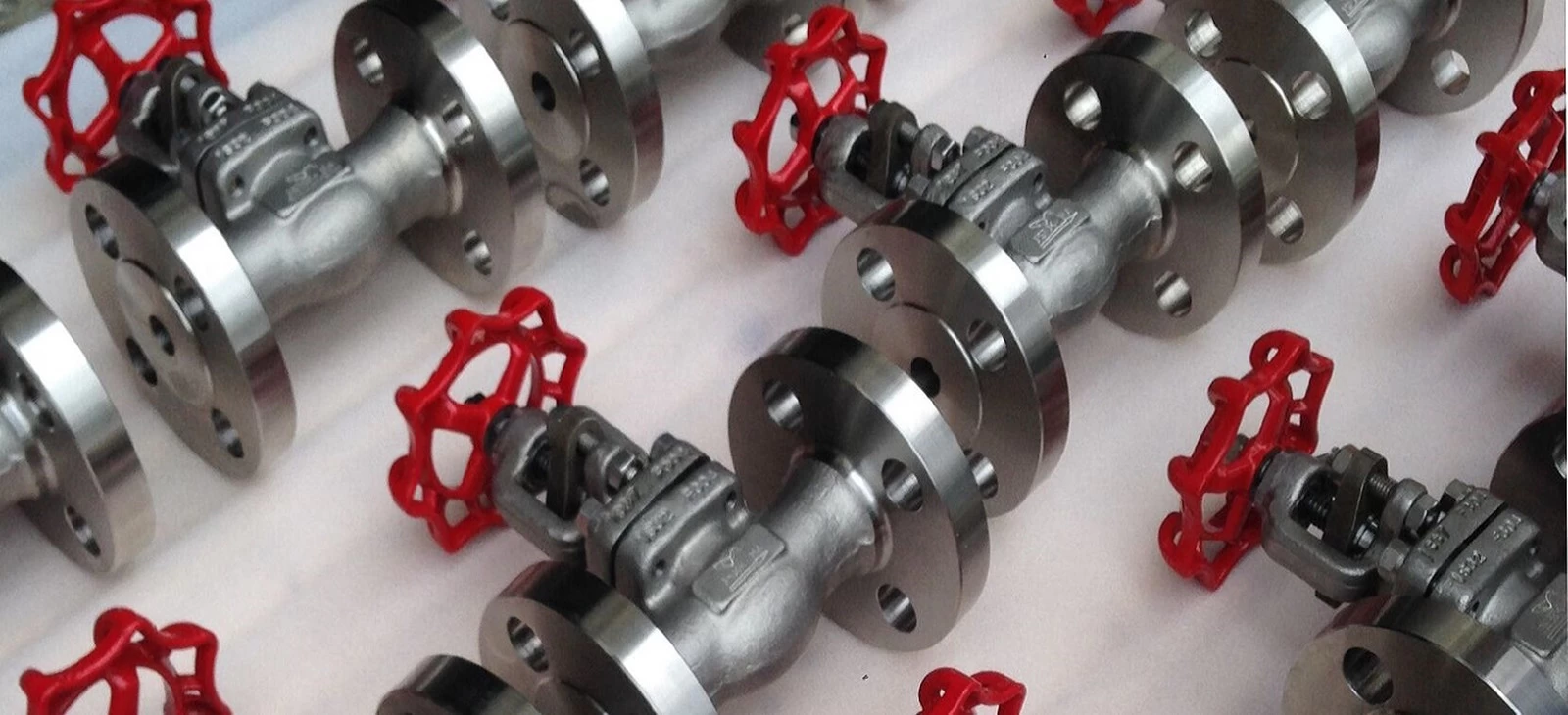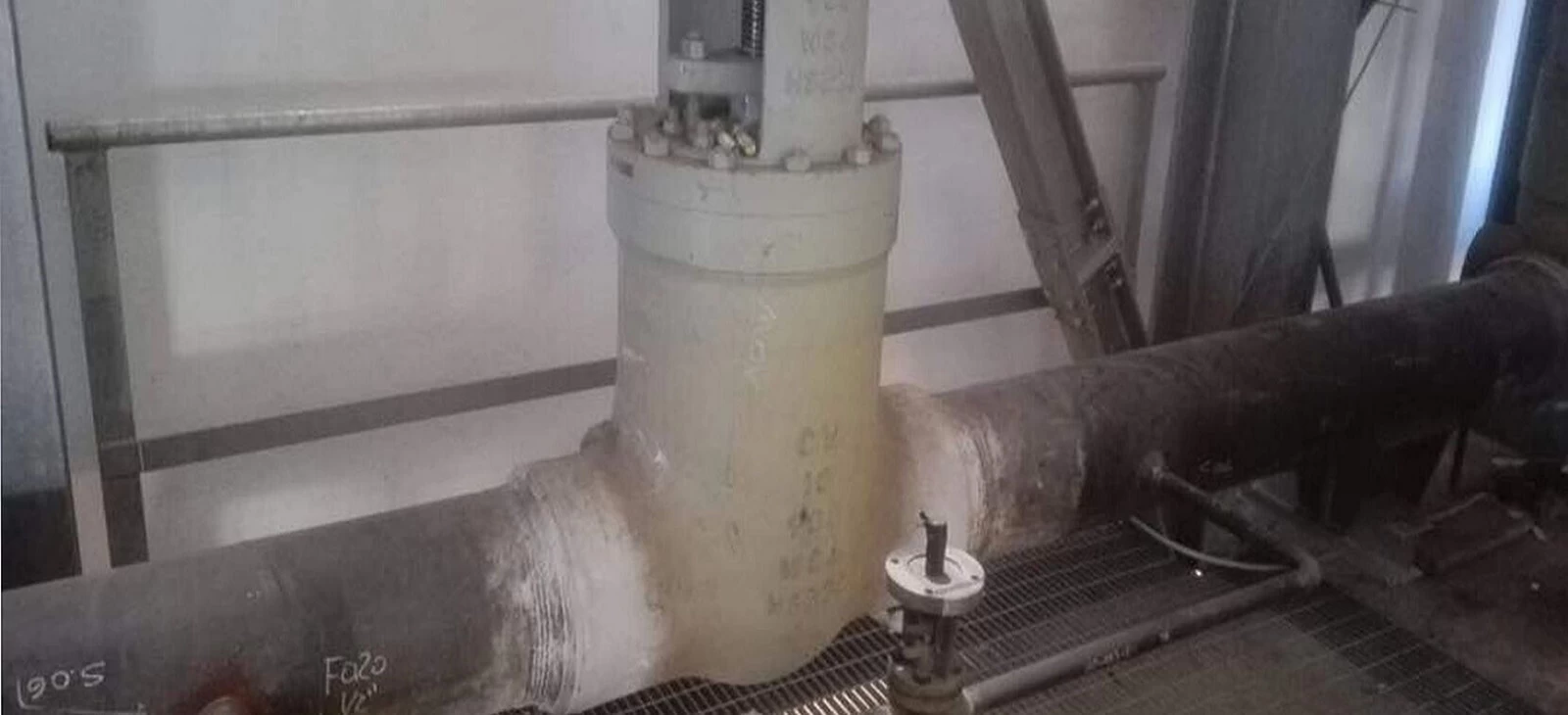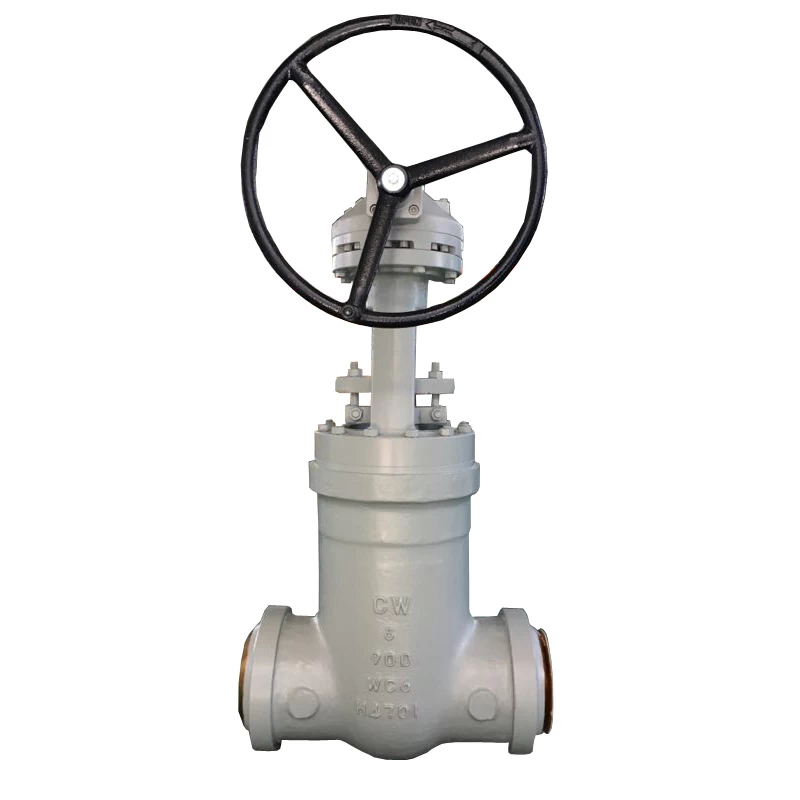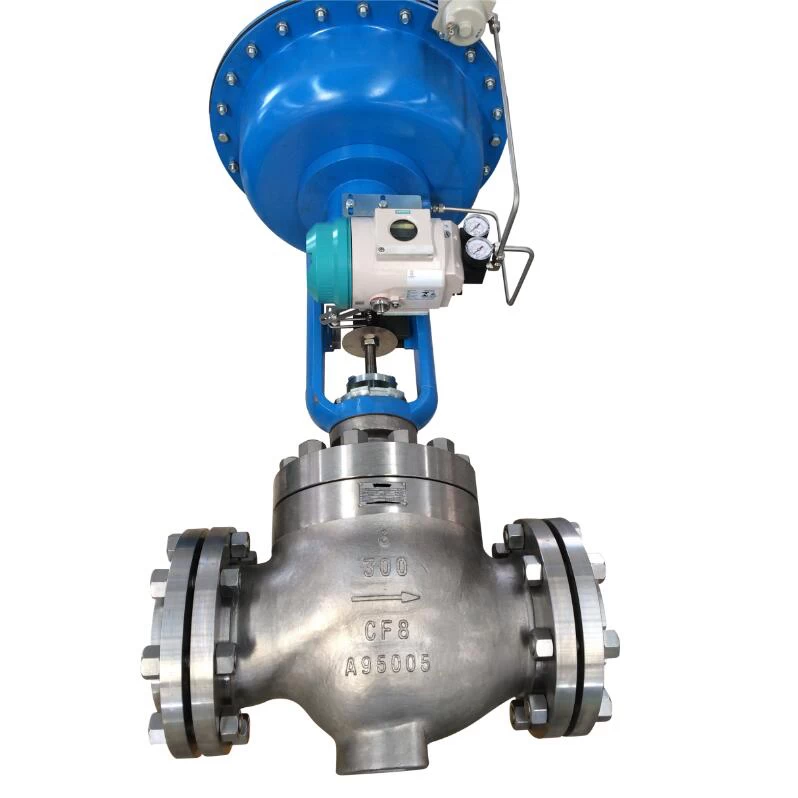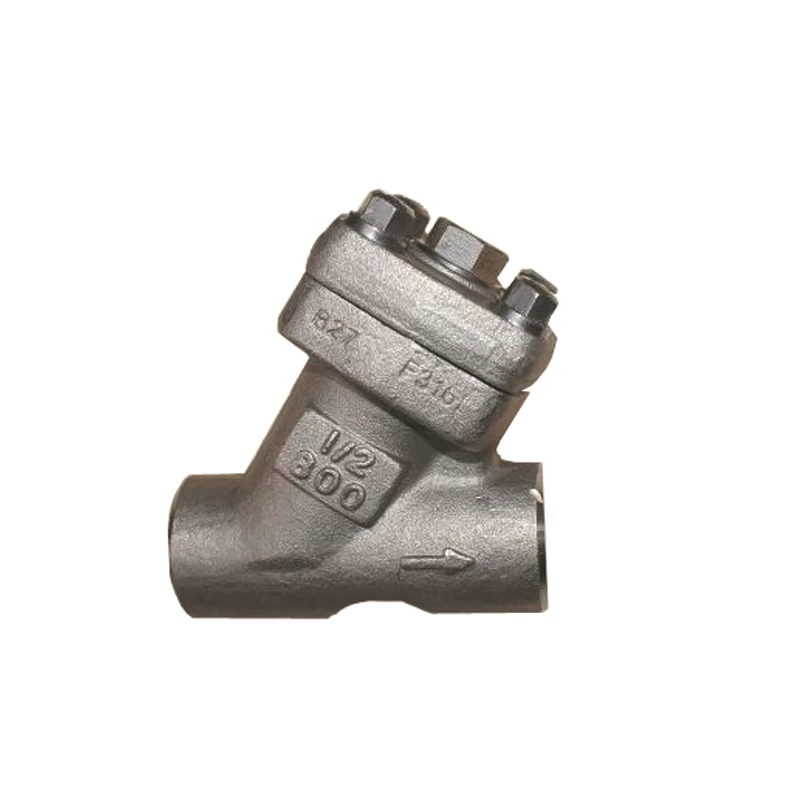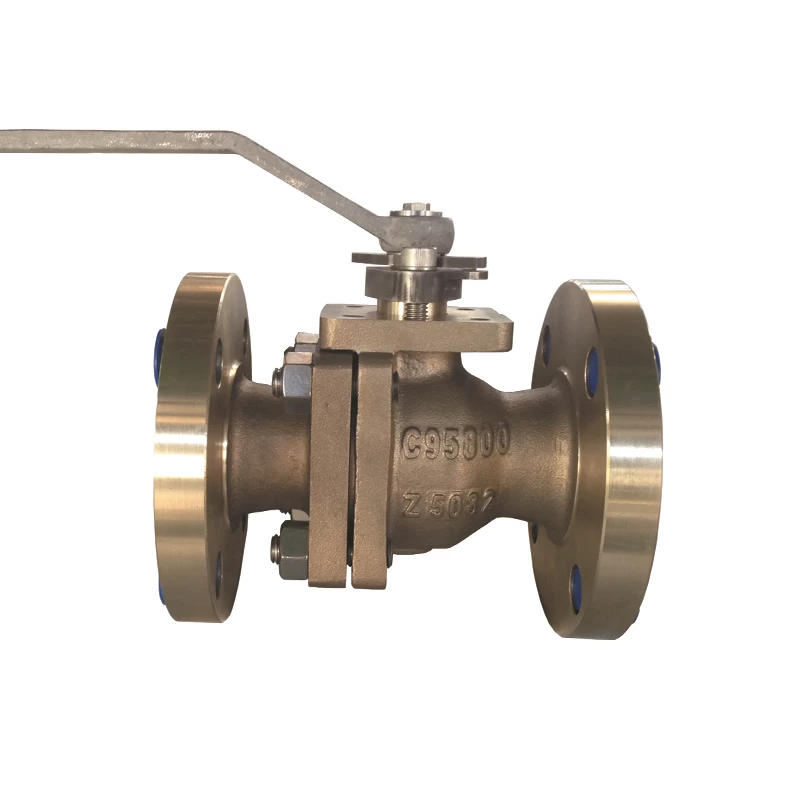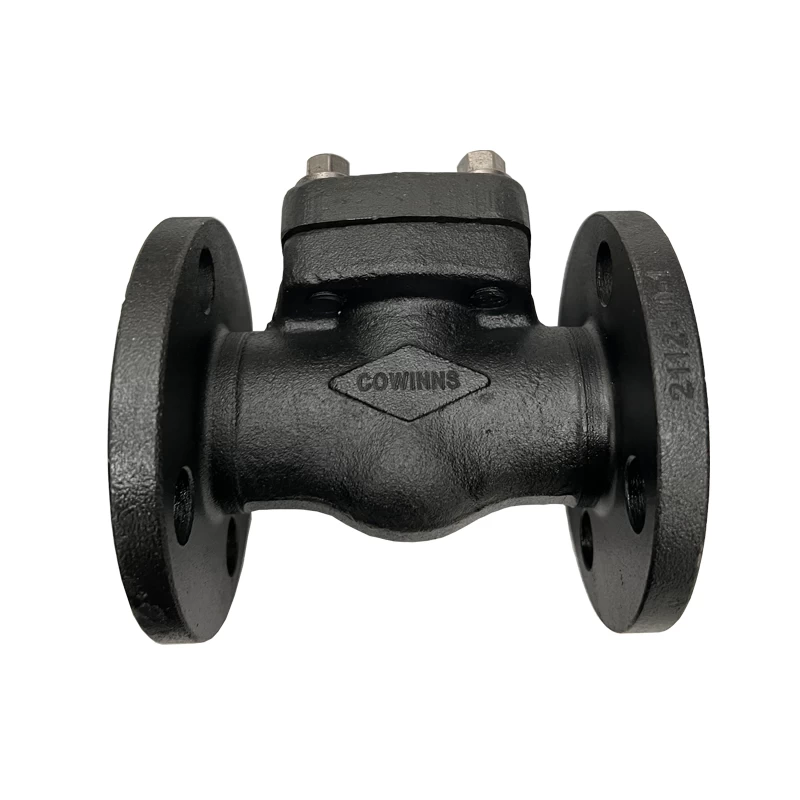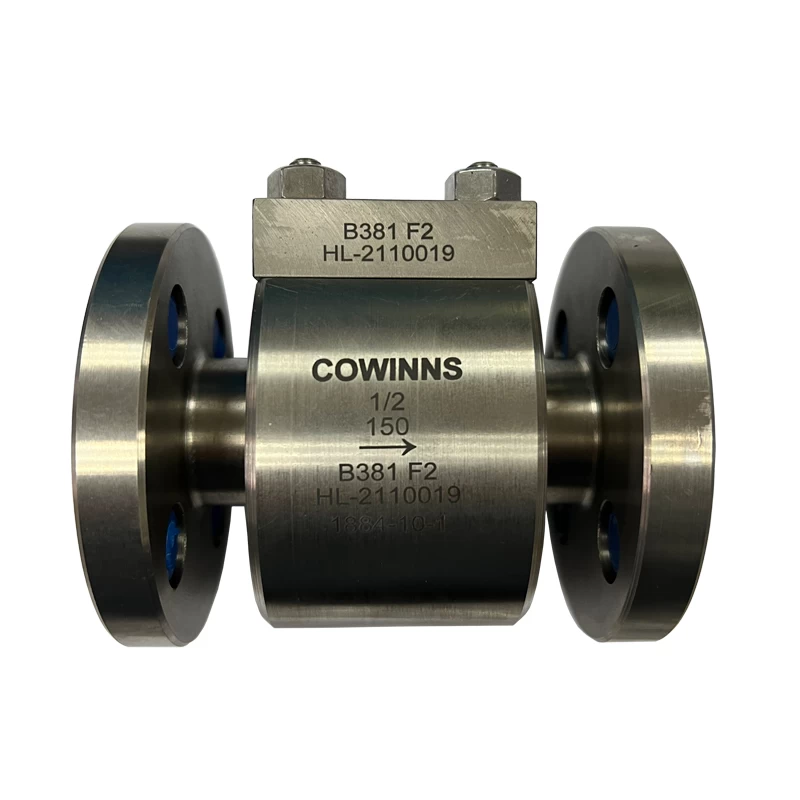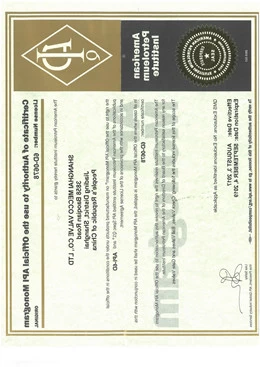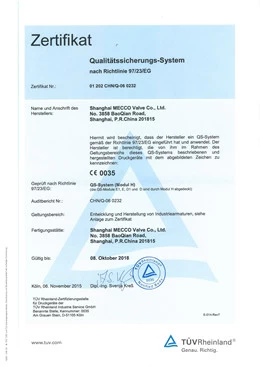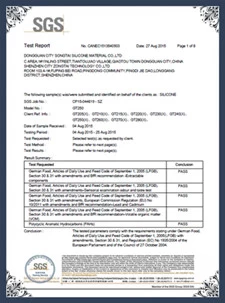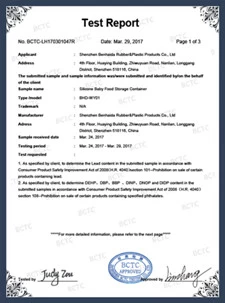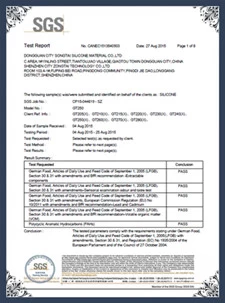Flange Joint Sealing — Why 304 Bolts Are Not Recommended
Flange Joint Sealing — Why 304 Bolts Are Not Recommended
At the China C63200 check valve factory, we often encounter leakage issues when carbon steel or stainless steel flanges are paired with 304 bolts during operation. This article provides a qualitative analysis of this phenomenon.
1. Basic Differences Between 304, 304L, 316, and 316L Materials
304, 304L, 316, and 316L are commonly used stainless steels for flange joints, including flanges, sealing elements, and fasteners. These grades belong to the 300 series austenitic stainless steels under the American material standards (ANSI or ASTM). Their corresponding Chinese material grades (GB/T) are 06Cr19Ni10 (304), 022Cr19Ni10 (304L), 06Cr17Ni12Mo2 (316), and 022Cr17Ni12Mo2 (316L). Collectively, they are referred to as 18-8 stainless steels.
As shown in Table 1, the differences in alloy composition result in varying physical, chemical, and mechanical properties. Compared with ordinary stainless steels, they offer good corrosion resistance, heat resistance, and machinability. 304L has corrosion resistance similar to 304 but, due to its lower carbon content, provides better intergranular corrosion resistance. 316 and 316L are molybdenum-containing stainless steels, offering superior corrosion and heat resistance compared to 304 and 304L. Similarly, the lower carbon content of 316L provides improved intergranular corrosion resistance.
The mechanical strength of these austenitic stainless steels is relatively low. The room-temperature yield strengths are: 304 – 205 MPa, 304L – 170 MPa, 316 – 210 MPa, and 316L – 200 MPa. Therefore, bolts made from these materials are considered low-strength bolts.
|
Material |
Carbon Content (%) |
Yield Strength at Room Temp (MPa) |
Recommended Max Temperature (°C) |
|
304 |
≤0.08 |
205 |
816 |
|
304L |
≤0.03 |
170 |
538 |
|
316 |
≤0.08 |
210 |
816 |
|
316L |
≤0.03 |
200 |
538 |
Table 1: Carbon Content, Room-Temperature Yield Strength, and Recommended Maximum Operating Temperature
2. Why 304 and 316 Bolts Are Not Recommended for Flange Joints
As discussed earlier, flange joints may experience leakage due to two main factors: first, internal pressure can separate the sealing surfaces, reducing gasket stress; second, at high temperatures, bolt relaxation or gasket creep can decrease bolt preload, causing gasket stress to drop and resulting in leakage.
Bolt relaxation over time is inevitable. Even bolts initially tightened to the correct torque will gradually lose preload, especially under high-temperature or cyclic conditions. After 10,000 hours of operation, bolt load loss can exceed 50%, and this continues with prolonged operation and higher temperatures.
When the flange and bolt are made of different materials—particularly when flanges are carbon steel and bolts are stainless steel—the difference in thermal expansion coefficients can exacerbate bolt relaxation. For example, at 50°C, the thermal expansion coefficient of stainless steel (16.51×10⁻⁶ /°C) is higher than that of carbon steel (11.12×10⁻⁶ /°C). As the system heats up, bolts elongate more than the flange, reducing bolt preload and potentially causing leakage. Therefore, for high-temperature equipment, it is recommended that flange and bolt materials have similar thermal expansion coefficients.
From section 1, the low mechanical strength of 304 and 316 stainless steels (yield strengths 205–210 MPa) is evident. To improve bolt resistance to relaxation and fatigue, it is necessary to increase the installation preload. For example, achieving 70% of the bolt material's yield strength during installation requires higher-strength bolt materials, such as medium- or high-strength alloy steel. Clearly, for flanges under high pressure or for semi-metallic and metallic gaskets, low-strength 304 and 316 bolts cannot meet sealing requirements due to insufficient bolt force.
It is important to note that in the U.S. stainless steel bolt standards, 304 and 316 have two classes each: 304 (B8 Cl.1 and B8 Cl.2) and 316 (B8M Cl.1 and B8M Cl.2). Cl.1 bolts are solution-annealed, while Cl.2 bolts are additionally cold-worked. Although B8 Cl.2 and B8 Cl.1 have similar corrosion resistance, B8 Cl.2 exhibits significantly higher mechanical strength. For example, a 3/4" B8 Cl.2 bolt has a yield strength of 550 MPa, more than twice that of B8 Cl.1 (205 MPa). Chinese standards 06Cr19Ni10 (304) and 06Cr17Ni12Mo2 (316) correspond to B8 Cl.1 and B8M Cl.1.
For these reasons, GB/T 150.3 and GB/T 38343 standards recommend avoiding standard 304 (B8 Cl.1) and 316 (B8M Cl.1) bolts for pressure equipment flanges, especially under high-temperature or cyclic conditions. Instead, B8 Cl.2 (S30408) and B8M Cl.2 bolts should be used to prevent insufficient bolt preload.
It is also worth noting that low-strength bolts like 304 and 316 can yield or even fracture during installation if torque is not properly controlled. Once these bolts are deformed, they cannot be reused, as their cross-section has permanently reduced, increasing the risk of failure during reinstallation.
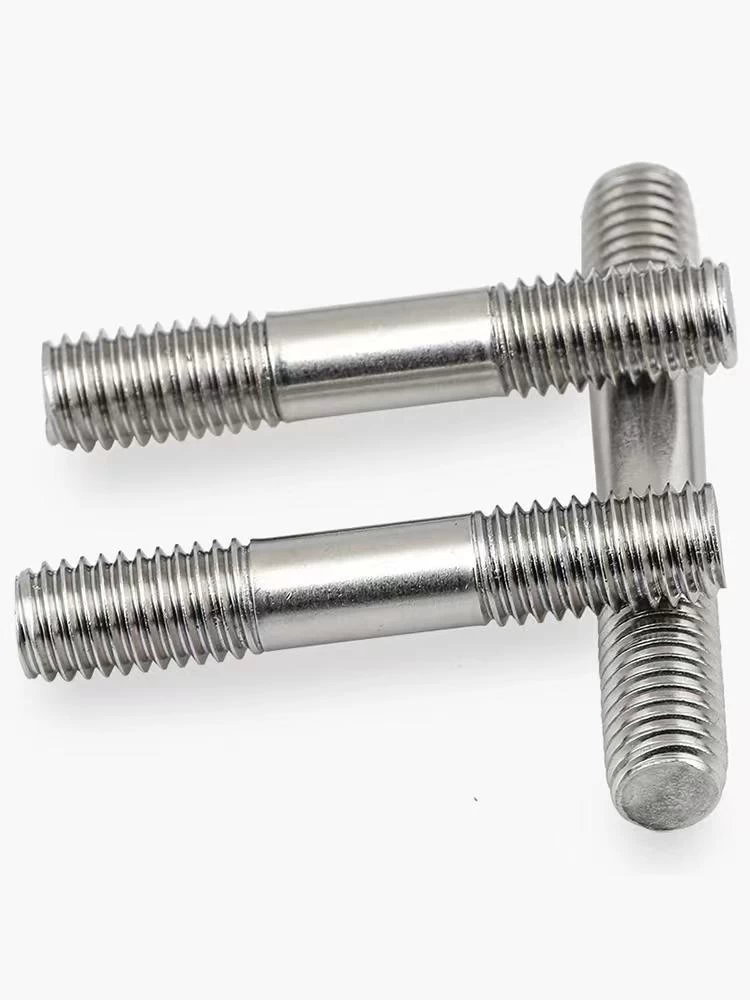
 +86 512 68781993
+86 512 68781993 
